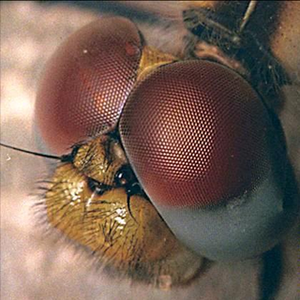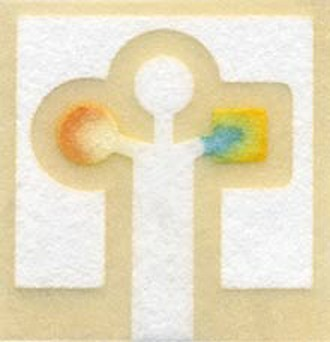
Having trouble keeping your fingers, thumbs, or eyeballs on the pulse of modern science? Do you find yourself in the throes of panic due to misunderstandings in molecular goings-on? Did the latest aircar, split atom, or robotic insectoid go buzzing over your head before you had time to ready a response? Don't worry friends, The Professor is here to help. Though not an actual scientist, professor, or even a college graduate, he can help guide you through the cascading, complicated, and spasmodic visionary vistas of human invention and achievement as smoothly as a hot knife descending into softened butter.

Scientists theorize that in addition to causing cancer and decreasing sperm count, cellphone radiation may also cause changes in your behavior. Researchers discovered that exposure to the typical electromagnetic radiation which cellphones give off caused test subjects to experience short-term bouts of insomnia, and could affect other brain functions to greater or lesser degrees. Finally you can blame your late mornings on something other than a night of heavy drinking.
Read - Mind Control by Cell Phone

Common flies may contribute to the robots of the future, thanks to their complex eyes. Scientists at the Naval Air Warfare Center and University of Wyoming have created a fiber-optic sensor which resembles the pest's eye structure. Apparently, the overlapping fields of view generated by a fly's compund-eye photoreceptors create a more thorough picture of its surroundings. Future droids might be able to use the data to build a more accurate image than the kind that can be gleaned with simple cameras or crazy hunches they get late at night.

In the future, medical tests may be available in cheap and disposable "lab on a chip" solutions -- made of nothing but paper. Scientists at Harvard's Whitesides Research Group have created microfluidic testing technology which uses a hydrophobic polymer coating to direct fluid to separate "nodes" on a tiny scrap of paper. The design does away with expensive components from traditional testing equipment, and can help bring affordable medical diagnostics "to the masses."
[Via: Engadget ]
0 comments:
Post a Comment